The city of Nagasaki is especially known for being one of the two cities that was bombed with an atomic bomb during WW2, and this fact overshadows its long history as an ancient point of contact with the Portuguese and the Dutch.
In the year 1541, a Portuguese ship that had strayed from its course arrived in Kyushu, and Nagasaki became the main and almost only Japanese connection to the West. From then on, Christianity was also introduced to Japan which had a lot of influence on the way of thinking of the inhabitants and on the architecture of the buildings. Read this travel guide for more information on Nagasaki’s highlights.
Glover Garden
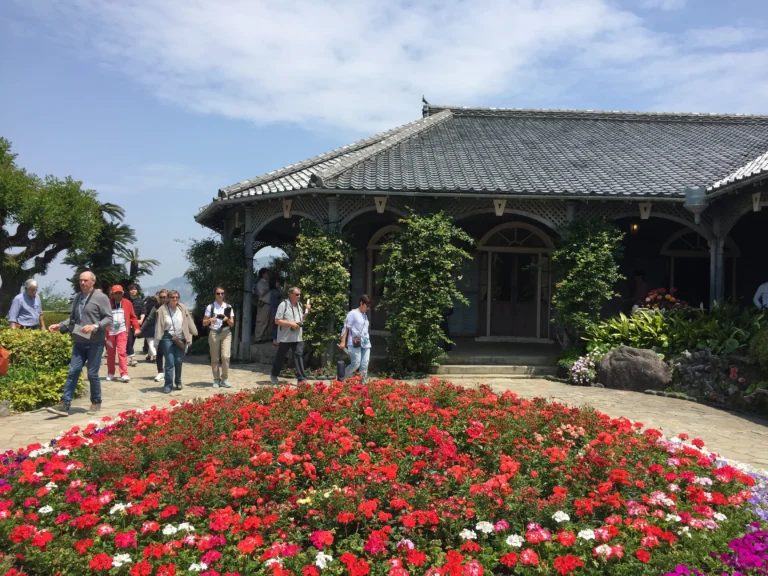
At the southern tip of Nagasaki, there are several old houses of the first European residents of the Meiji era who had gathered around this garden. Among them, Thomas Blake Glover, a merchant from Scotland, became the most famous and important person. He came to Japan in 1859 and played a large role in starting up international trade. Glover got married to a Japanese lady and spent the rest of his life in Japan.
Dejima Museum
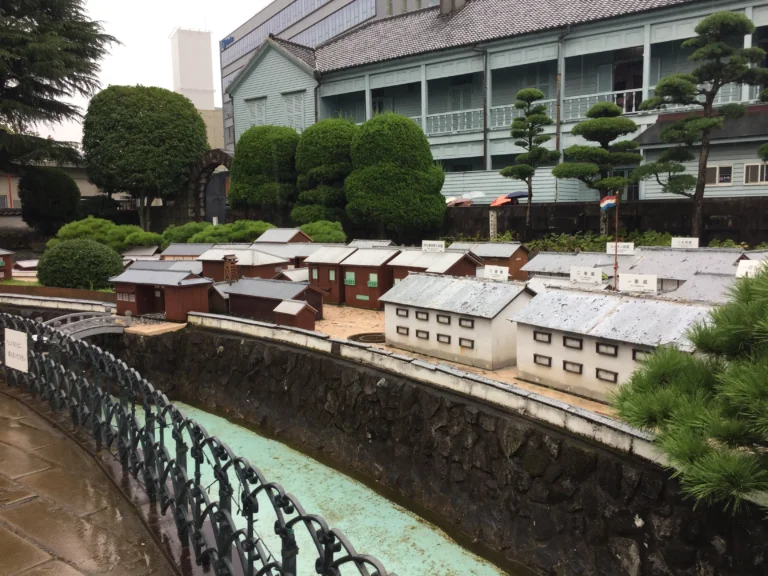
There was an island called Dejima which was the only place where business or contact was allowed to be made between the Japanese and the Dutch during the time of international isolation. It is now a museum where they reconstructed the building where Dutch traders used to live. You can learn what they exported to and imported from Japan through the exhibitions.
Nagasaki Peace Park
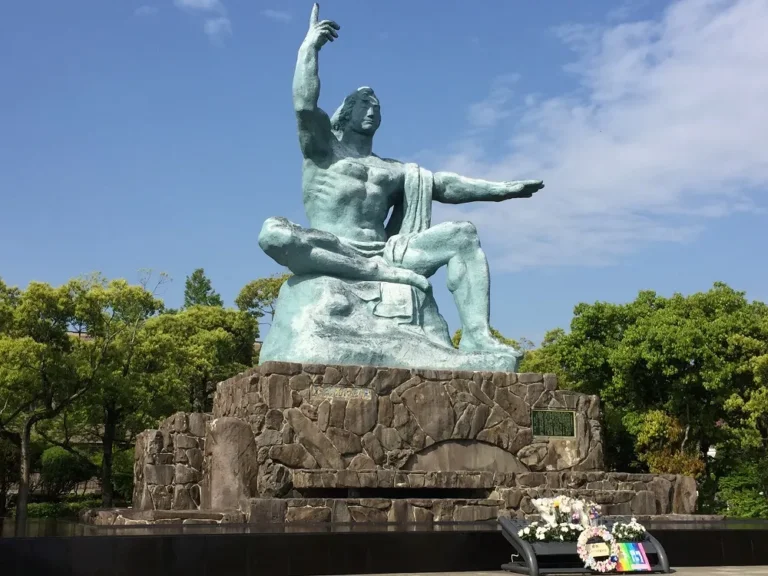
Nagasaki Peace Park was constructed around the hypocenter of where the atomic bomb was dropped on August 9, 1945. There was a prison at that time. The area has become a huge park, and the Peace Statue designed by Saibo Kitamura was constructed. Around the statue, there are many monuments donated by foreign countries such as the USA, Russia, China, Australia, New Zealand, Brasil, etc.
Atomic Bomb Museum
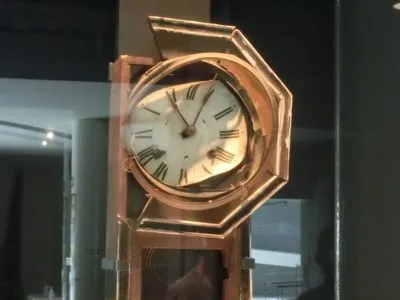
Next to Nagasaki Peace Park, there is the Atomic Bomb Museum. The museum was established in 1996 for the remembrance of the atomic bombing of Nagasaki. This museum covers the history of the event like a story, focusing on the attack, and the history leading up to it. It also covers the history of nuclear weapon development. The museum displays photographs, relics, and documents related to the bombing.
Nagasaki China Town
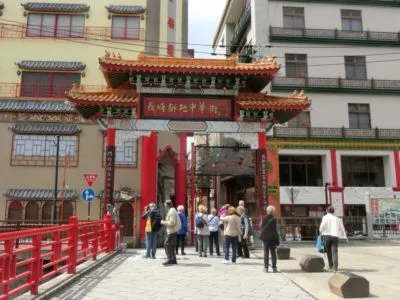
There are several Chinatowns in Japan. The one in Nagasaki is the second biggest one in Japan after the Chinatown in Yokohama. About 40 shops and restaurants are in the area. There are four entrances and each entrance has a Chinese-style gate. During Chinese New Year, they hold the Lantern Festival, during which the streets are beautifully decorated with lanterns. If you have a chance to go there, don’t forget the local delicacy “champon”, which is a unique noodle dish.
Oura Church
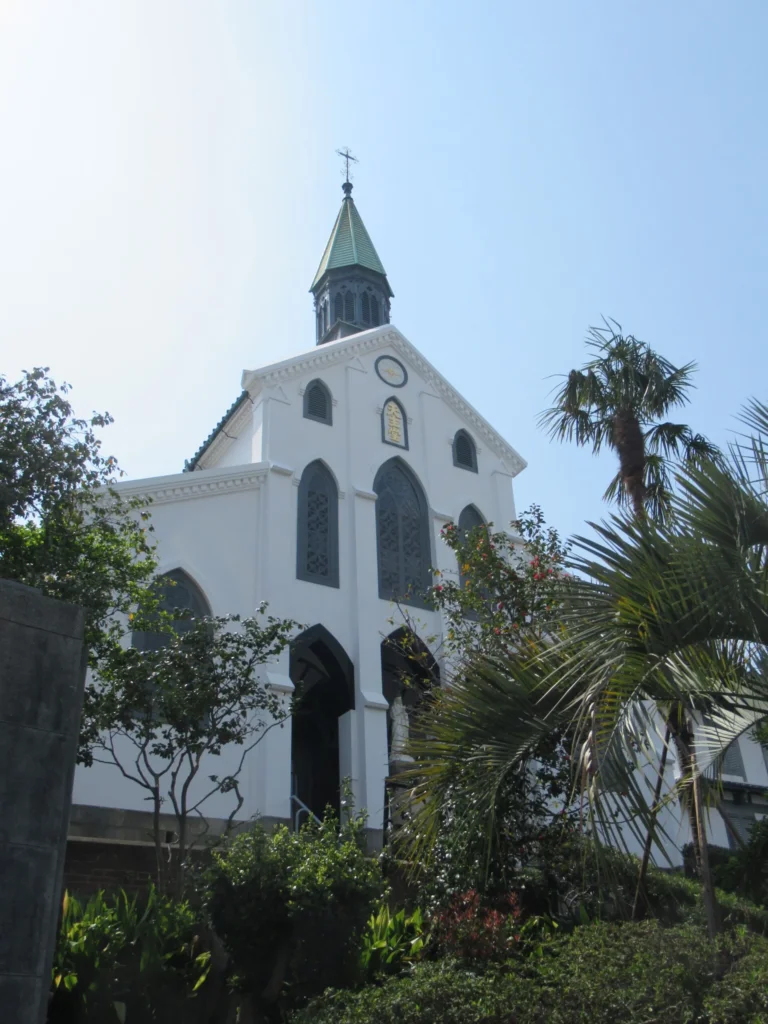
Oura Church was constructed in 1862, which makes it the oldest existing Catholic church in Japan. During the Edo period, Christianity was banned by the shogun government. In 1854, when Japan stopped the isolation policy and Nagasaki Port was opened to most western countries (before, it was only open to the Netherlands) in 1859 after which a lot of westerners started to live in Japan. French missionary Bernard-Thadée Petitjean constructed the church for the westerners. Now it is Japan’s national treasure and one of the World Heritage sites in Japan.
Hypocenter Nagasaki
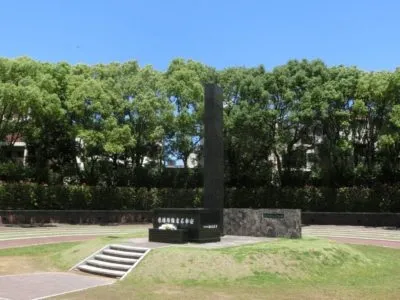
Below the exact spot where the bomb exploded in 1945, a park that symbolizes Nagasaki’s revival offers a place to think about what happened. Even though they thought there would be no plants able to grow at that spot for 75 years, only a month after the bombing greens already started to sprout from the ground here. Now, it became a mature park with 500 cherry trees. You can also find a memorial monolith in the park at the exact location of ground zero, with parts of a church that were preserved next to it. There is also a layer of ground from 1945 that is exposed, so you can see what was left of houses right after the bomb fell.
Your Japan Tour
As seasoned Japan experts, we can help you create your perfect Japan tour including destinations like Nagasaki. Contact us to start planning your unforgettable holiday to this fascinating country full of once-in-a-lifetime experiences, culture, history, nature, and delicious food!